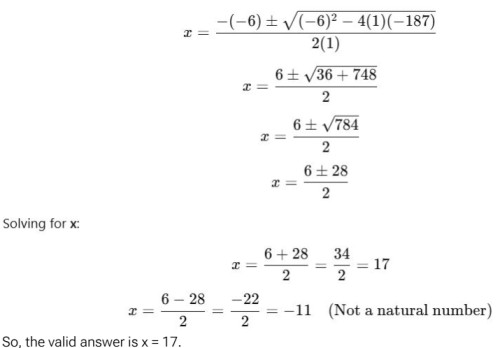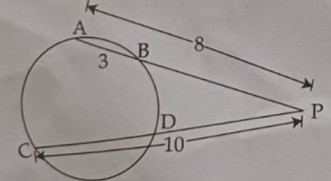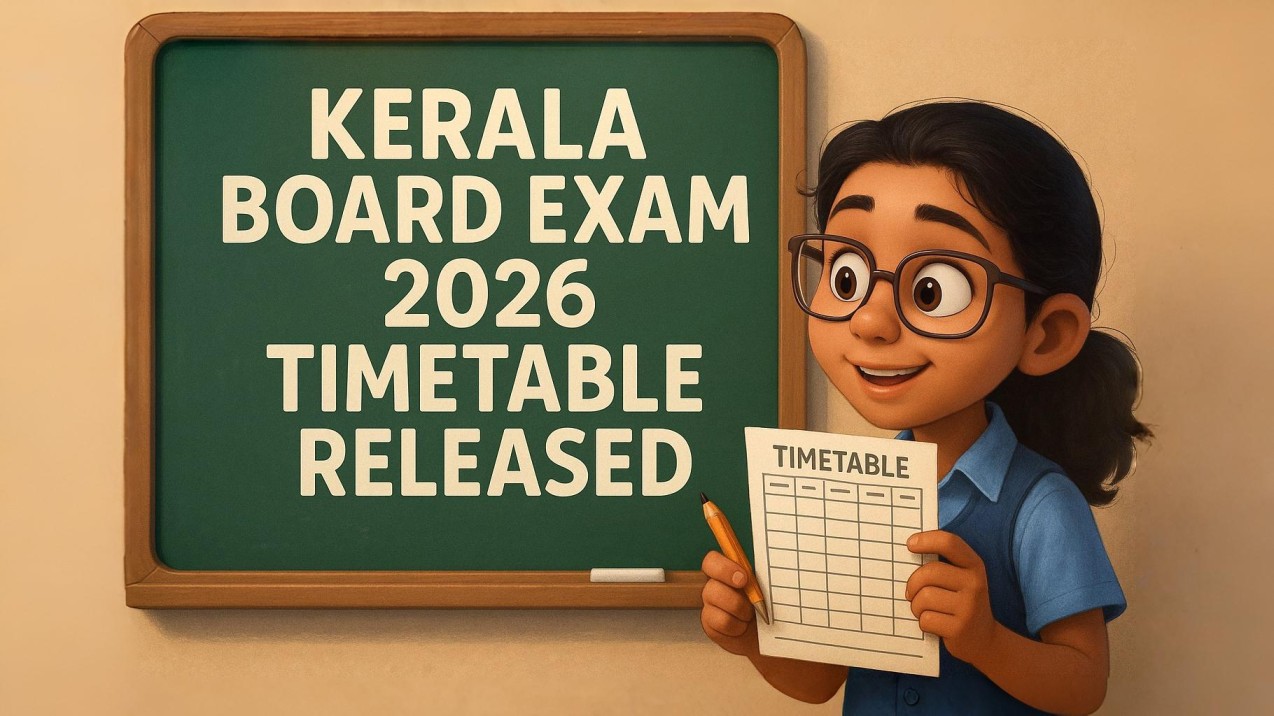Loading advertisement...
21-03-2025

Kerala SSLC Maths Exam 2025: Access Question Paper & Answer Key Here!
The Kerala SSLC Maths Exam 2025 is a critical step for students aiming to complete their secondary education. This blog provides easy access to the question paper and answer key, making it a valuable resource for students who want to assess their performance and prepare better for future exams.
Student Reviews: Many students have shared their thoughts on the exam's difficulty and structure. Some feel that the exam was manageable, with a few tricky sections in algebra and geometry that required extra attention. Others mentioned that time management was key to completing the paper within the allotted time. A common sentiment among students was that practicing previous year’s questions helped a lot in understanding the exam pattern.
Expert Reviews: Experts in the field of mathematics education have also weighed in on the exam's difficulty. According to them, the exam was designed to test both conceptual understanding and application. While the paper wasn't overwhelmingly tough, they highlighted that students who were well-prepared and had a clear grasp of key topics like trigonometry, algebra, and statistics would find it more straightforward. Experts also advised students to focus on clear problem-solving techniques and avoid rushing through questions.
Whether you're looking to assess your performance or get expert advice for upcoming exams, this blog has everything you need to make your preparation even better.
Kerala SSLC Maths Question Paper Download
| Subject | Link |
|---|---|
| Maths | Click Here |
Kerala SSLC Maths Exam 2025:Answer Key
| Question | Answer |
|---|---|
1. In the figure, O is the center of the circle. If ∠ACB = 70°,  (a) Find ∠AOB | Given ∠ACB = 70° (a) Finding ∠AOB: The angle subtended by an arc at the center is twice the angle subtended at any point on the circumference. Hence, ∠AOB = 2 × ∠ACB Answer: ∠AOB = 140° (b) Finding ∠ADB: The angles subtended by the same chord on the same side of the circle are equal. Therefore, ∠ADB = ∠ACB ∠ADB = 70°
|
2. Given the arithmetic sequence: 3, 8, 13, ... (a) Find the common difference (d) | (a) Finding the Common Difference (d): The common difference d is given by: Answer: Common difference (d) = 5 (b) Finding the 11th Term: The formula for the nth term of an arithmetic sequence is: an=a+(n−1)d where:
a11=3+(11−1)×5 =3+10×5= 3+50= 53 11th term = 53
|
3. Numbers from 1 to 20 are written on paper slips and put in a box. A slip is drawn at random. (a) What is the probability that it is a prime number? | (a) Probability of Prime Number: Prime numbers between 1 and 20: 2, 3, 5, 7, 11, 13, 17, 19 Total prime numbers = 8 Total numbers = 20 P(prime number) = number of favourable outcomes/total outcomes = 8/20 = 2/5 Answer: 2/5 (b) Probability of a Perfect Square:
P(perfect square)=number of favorable outcomes/total outcomes =4/20=1/5 Answer: 1/5 |
4. 
In the figure, O is the center of the circle. Given BC = 4 cm and ∠A = 50°, find the diameter of the circle.
| In the given figure, BC is the chord of the circle. Since O is the center, OB = OC (radii of the circle), and ∠A = 50° (given)  The perpendicular from O to BC bisects BC, so the half-length of BC is 2 cm. Or BD = 2 cm We use the formula:
Answer: Diameter = 6.25 cm |
5. 6 times of a natural number subtracted from the square of that number gives 187. (a) Form a quadratic equation. | Let the natural number be x. (a) Given: x2−6x=187 Rearranging: x2−6x−187=0 Answer: Quadratic equation: x2−6x−187=0 (b) Solving for x using the quadratic formula:  So, the valid answer is x = 17. Answer: Natural number = 17 |
6. Given two points (2,5) and (3,7) (a) Find the slope of the line. | (a) Slopeof the line is given as: m=(y2−y1)/(x2−x1) =(7−5)/(3−2)=2/1=2 Answer: Slope = 2 (b) Equation of the line using y−y1=m(x−x1) y−5=2(x−2)= y−5=2x−4 y=2x+1 Answer: Equation: y=2x+1 |
7. Consider the arithmetic sequence 2, 8, 14, ... (a) What is the remainder when terms of this sequence are divided by 6? | (a) Finding Remainders:
Since all terms leave a remainder 2, the remainder is always 2. Answer: Remainder = 2 (b) Checking if 176 is a term: Formula for nth term: an=a+(n−1)d a = 2, d = 6, a_n = 176 176=2+(n−1)×6 176−2=(n−1)×6 174=(n−1)×6 (n-1)= 174/6=29 n=30 Since n = 30 is a whole number, 176 is a term of the sequence. Answer: Yes, 176 is a term
|
8. In the figure, PA = 8 cm, AB = 3 cm, PC = 10 cm.  (a) Find the length of PB. | (a) Using the intercept theorem: PB=PA−AB PB=8−3=5 Answer: PB = 5 cm For PD, using the property of intersecting secants: PA×PB=PC×PD 8×5=10×PD 40 =10×PD PD=4 Answer: PD = 4 cms |
For more updates on Kerala SSLC exams, join us and stay connected!

Check:


